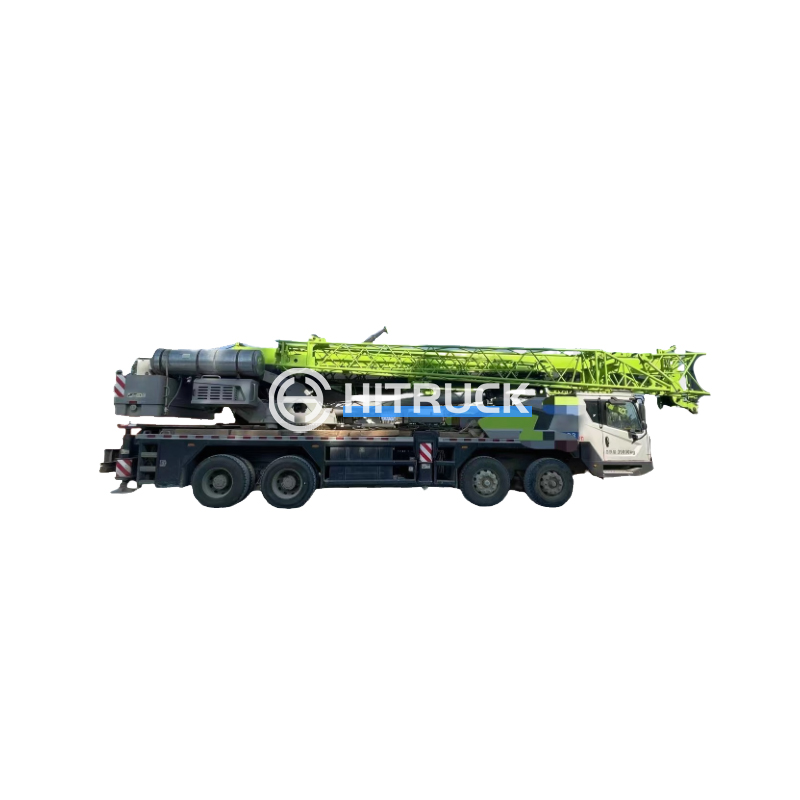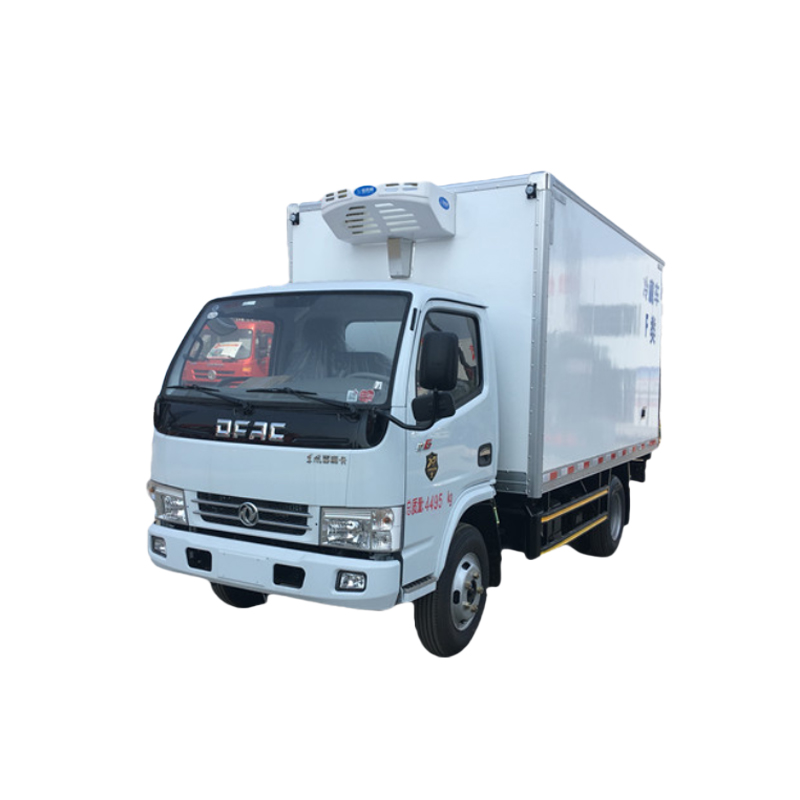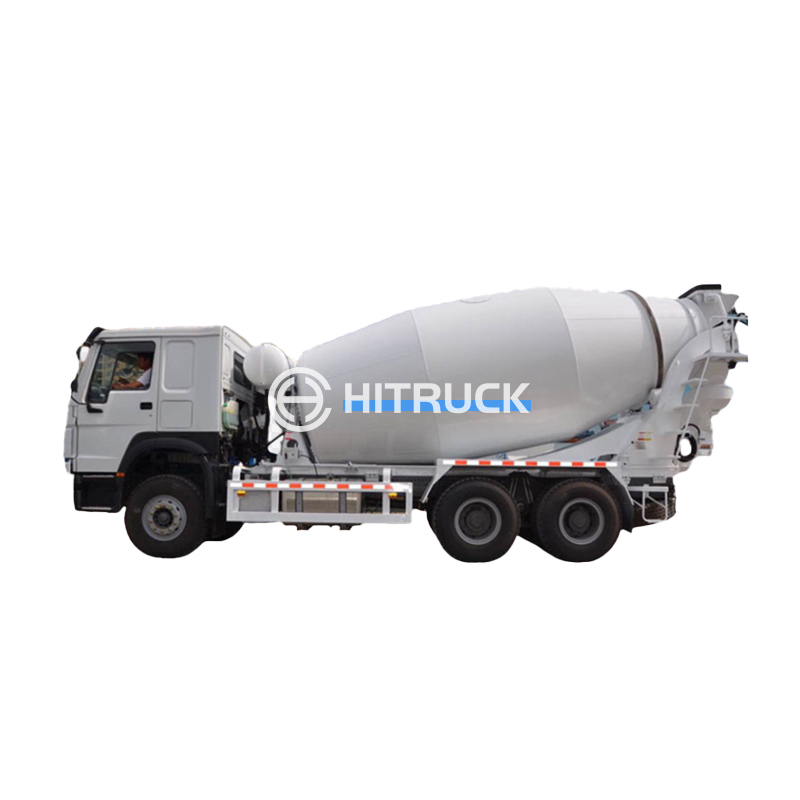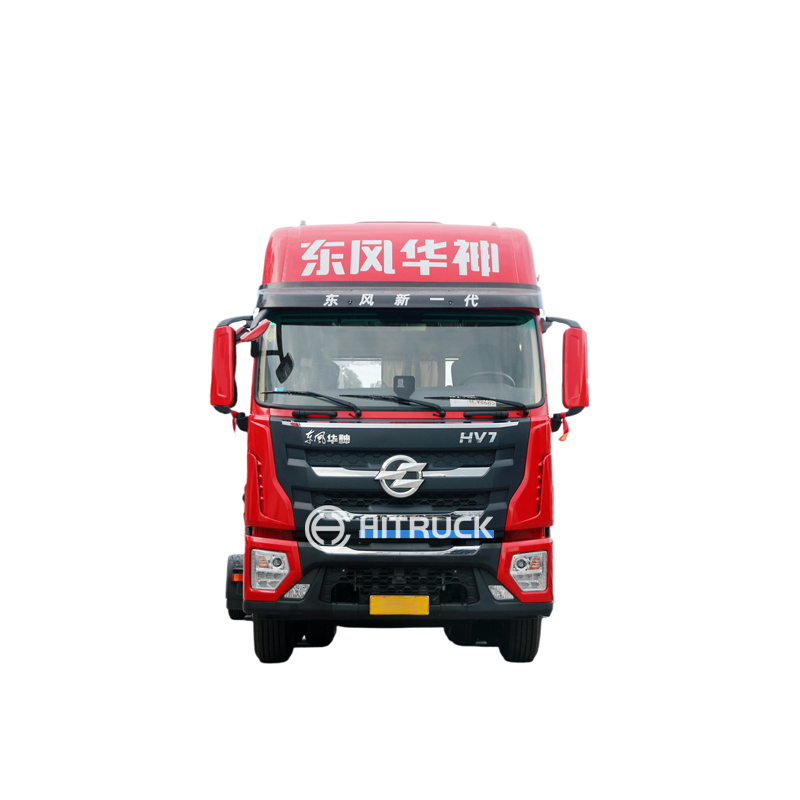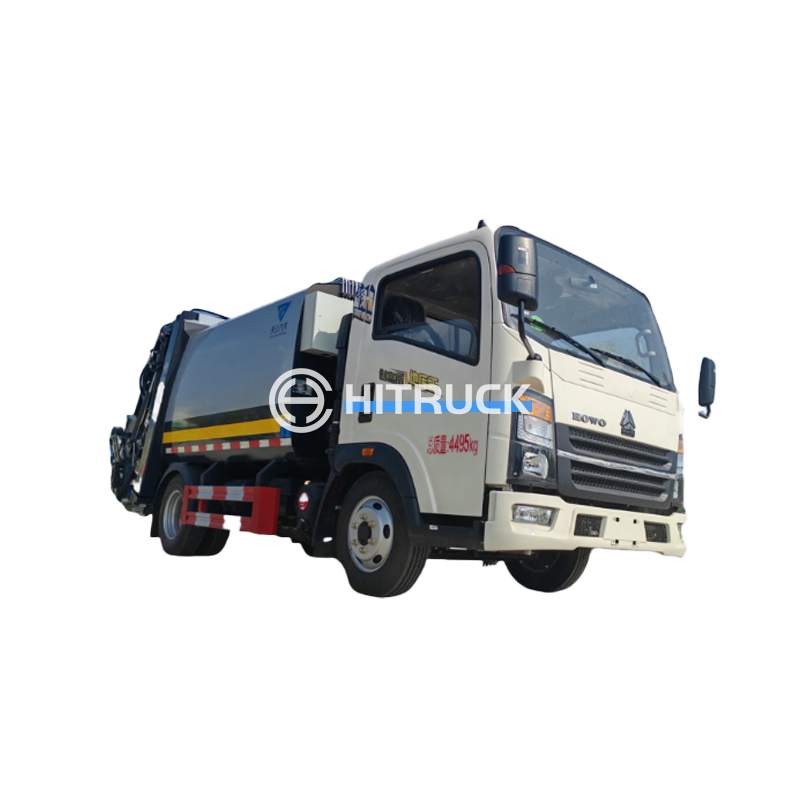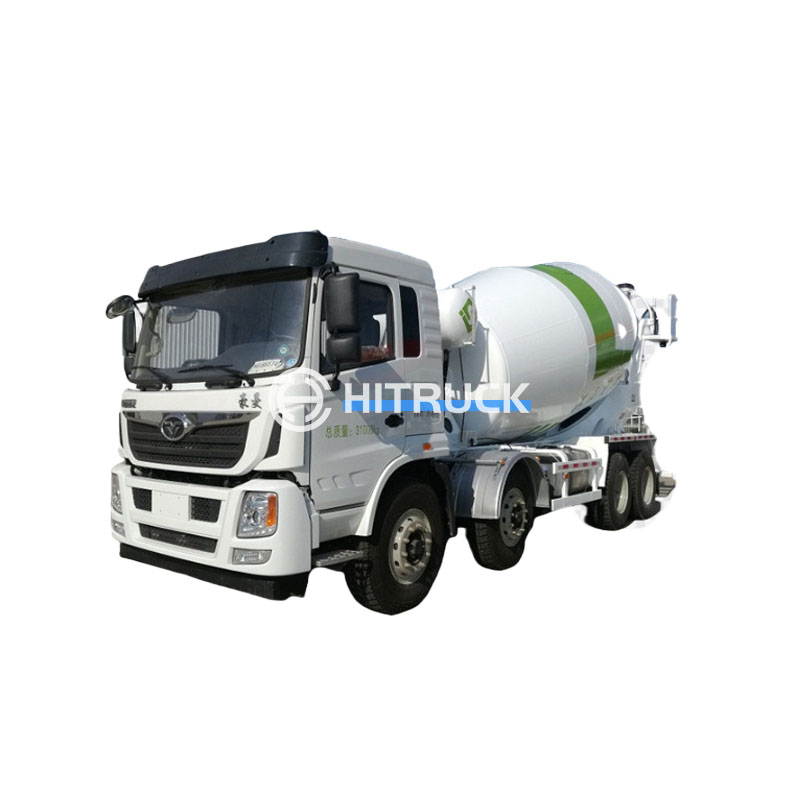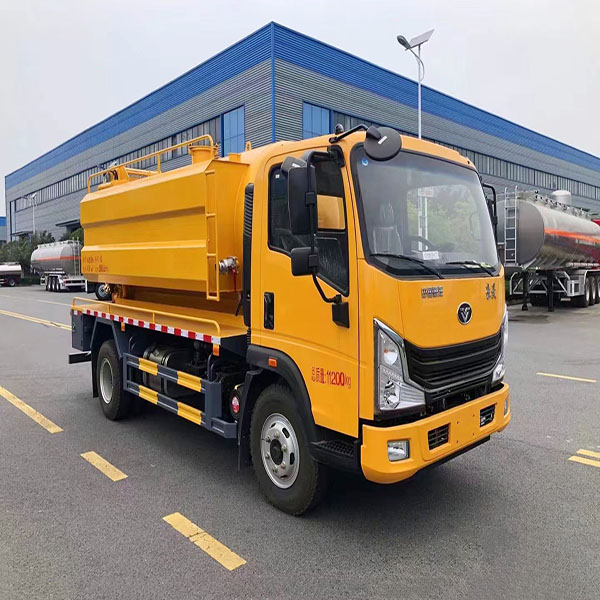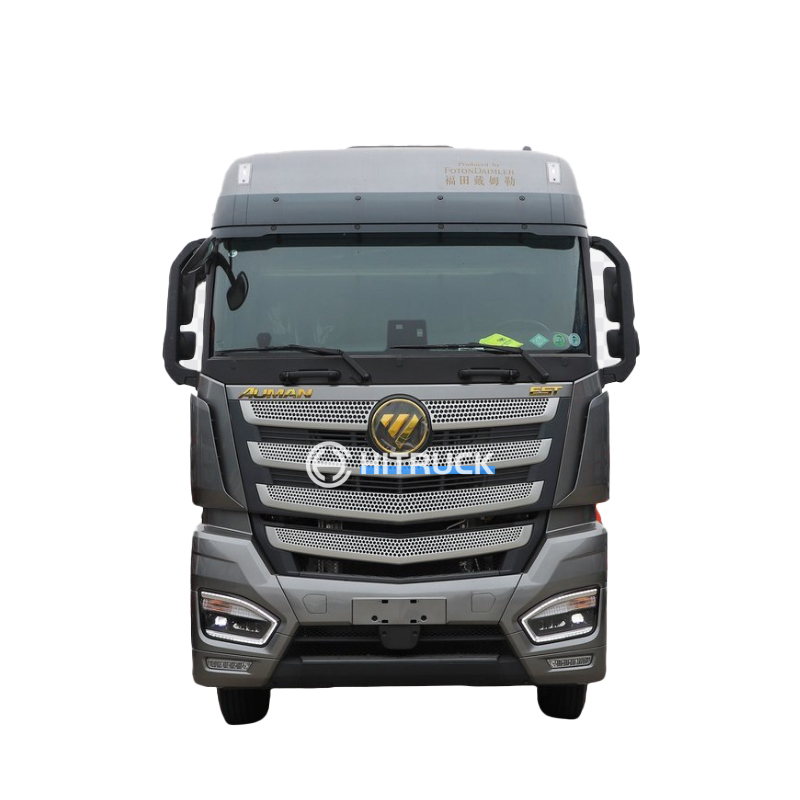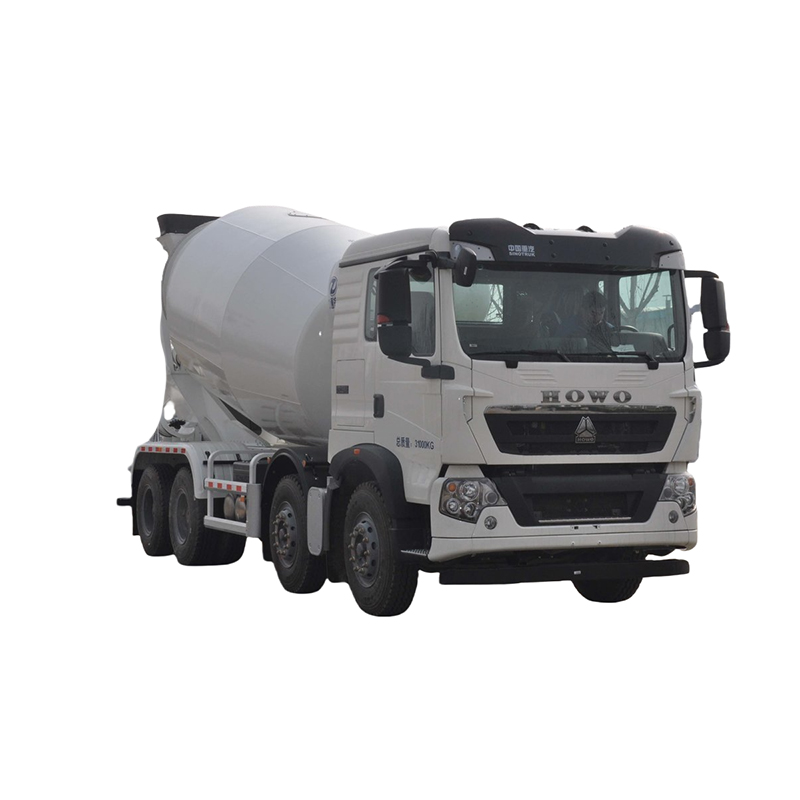This comprehensive guide explores the world of gantry cranes, covering their types, applications, selection criteria, and key considerations for safe and efficient operation. Learn how to choose the perfect gantry crane for your specific needs, ensuring optimal performance and minimizing potential risks.
Single girder gantry cranes are simpler and more cost-effective options, ideal for lighter lifting capacities. They are typically used in applications requiring less lifting capacity and a smaller footprint. Their compact design makes them suitable for indoor and outdoor use, depending on the weatherproofing applied.
Double girder gantry cranes offer higher lifting capacities and greater stability compared to single girder models. They are often preferred for heavier loads and more demanding industrial applications. The robust design makes them suitable for handling larger and heavier materials.
Rubber tired gantry cranes, often seen in ports and container yards, are mobile gantry cranes that run on tires. Their mobility allows for flexible operation within a designated area. Consider the ground conditions when selecting an RTGC, as certain terrain may require specialized tires.
Rail-mounted gantry cranes are designed to operate along fixed railway tracks, providing precise movement and control. This type is often found in factories or industrial settings where precise positioning of materials is crucial. The rail system requires regular maintenance for optimal performance.
Choosing the right gantry crane involves careful consideration of several factors. The most important factors to assess when making your purchasing decision include:
| Factor | Description |
|---|---|
| Lifting Capacity | The maximum weight the crane can lift safely. This is determined by the type of materials and the weight of the load. |
| Span | The horizontal distance between the crane's legs. This should be compatible with the operational area. |
| Hoist Height | The vertical distance the hook can travel. Determine this based on the maximum height requirements of the application. |
| Power Source | Electric, diesel, or other power options. Consider the availability and cost of each source in your location. |
| Operating Environment | Indoor or outdoor, temperature extremes, and other environmental factors influencing material choice and crane durability. |
For detailed specifications and to explore a wide range of gantry cranes, visit Suizhou Haicang Automobile sales Co., LTD. They offer a variety of solutions to meet diverse industrial needs. Remember, proper maintenance and regular inspections are critical for ensuring the long-term safety and reliability of your gantry crane.
Safety should always be the top priority when operating a gantry crane. Regular inspections, operator training, and adherence to safety regulations are crucial. Consult relevant safety standards and guidelines for best practices.
Selecting the appropriate gantry crane is crucial for efficient and safe material handling. By carefully considering the factors outlined above and consulting with experts, you can ensure you choose the ideal solution for your specific application. Don't hesitate to reach out to industry professionals for guidance throughout the selection and implementation process.

